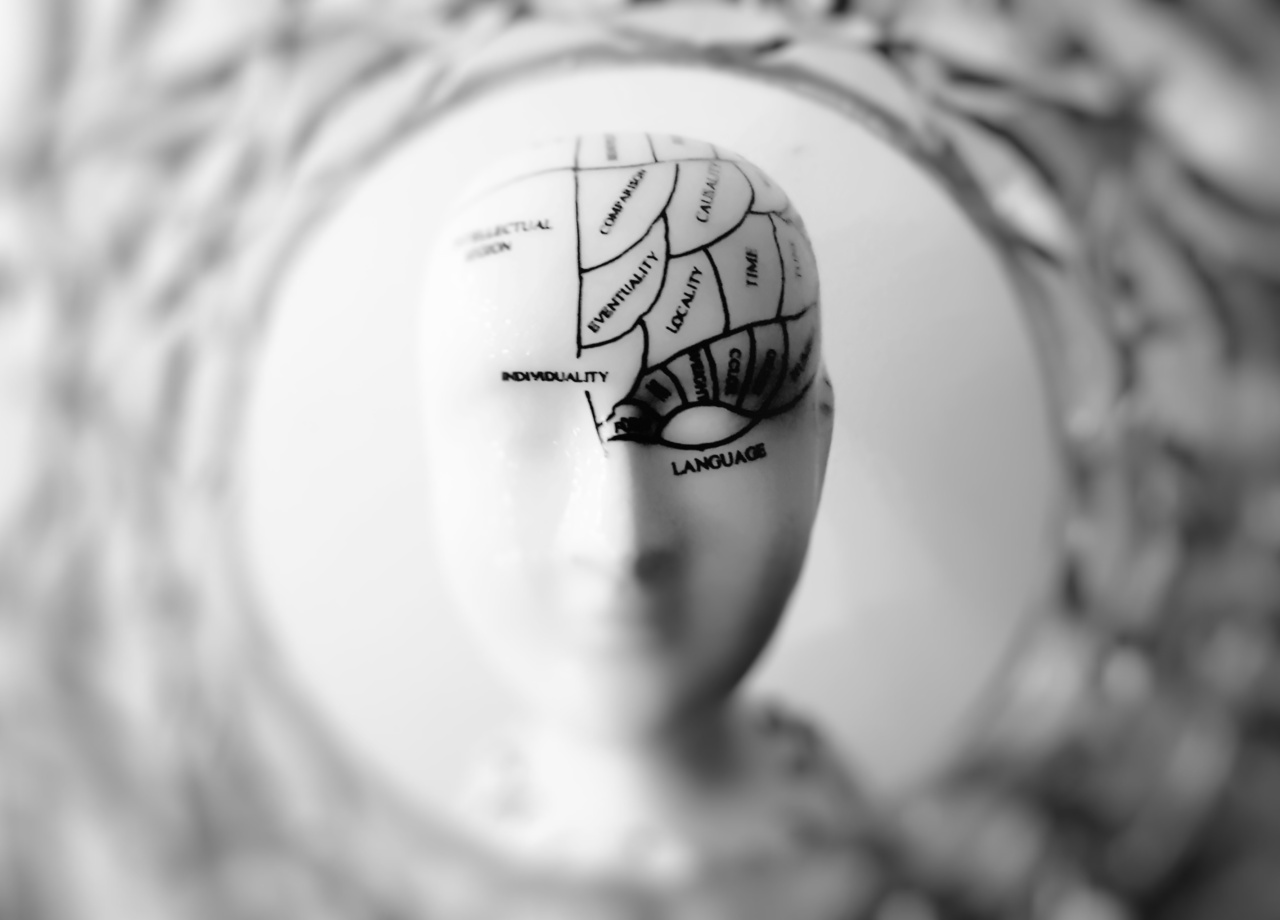Orgasms are an intense and pleasurable release of sexual tension, experienced by both males and females. During an orgasm, the brain goes through a series of complex changes, triggering a cascade of physiological responses throughout the body.
Let’s dive into the fascinating world of neuroscience and explore what happens inside your brain during this climactic event.
The Onset of Sexual Arousal
Before we discuss the brain’s response to orgasm, it’s essential to understand the process of sexual arousal. Sexual stimuli, such as touch, visual imagery, or erotic thoughts, activate specialized nerve endings in the genitals.
These messages travel through the peripheral nerves to reach the spinal cord, where they then make their way to the brain.
At the brain level, the release of various neurotransmitters, including dopamine, oxytocin, and serotonin, sets the stage for sexual arousal.
These chemicals play critical roles in shaping the emotional and physical components of sexual desire, pleasure, and orgasm.
The Excitement Phase: A Surge of Dopamine
As sexual stimulation progresses, the brain releases a surge of dopamine, a neurotransmitter associated with pleasure and reward. Dopamine stimulates the pleasure centers in the brain, primarily the nucleus accumbens.
This region is a key player in the brain’s reward circuitry, responsible for pleasurable sensations and reinforcing behaviors that lead to such rewards.
The increase in dopamine levels during sexual arousal intensifies the sensations of pleasure and contributes to the buildup of sexual tension. This heightened state of arousal paves the way for the next phase—the plateau phase.
The Plateau Phase: Oxytocin and Serotonin Take the Stage
During the plateau phase, the body reaches a state of maximum sexual tension just before orgasm. Oxytocin, often referred to as the “love hormone,” floods the brain and plays a crucial role in bonding, trust, and social interactions.
It intensifies feelings of emotional attachment and deepens the connection between sexual partners.
Additionally, serotonin, another neurotransmitter involved in mood regulation and emotional well-being, also contributes to the plateau phase by maintaining the prolonged state of sexual arousal.
The Climax: The Release of Sexual Tension
The climax or orgasm is the culmination of sexual arousal—an intense, pleasurable release of built-up sexual tension. It involves rhythmic contractions of the pelvic floor muscles, leading to a wave of pleasurable sensations throughout the body.
During orgasm, the brain experiences a surge of activity involving various regions. The hypothalamus, a small but powerful structure located deep within the brain, plays a critical role in orchestrating the orgasmic response.
It releases a hormone called oxytocin, which contributes to the intensity and duration of orgasmic contractions.
The Role of Dopamine and Reward
Remember dopamine, the pleasure neurotransmitter we mentioned earlier? Well, it once again takes center stage during the orgasmic phase.
Its release reinforces the pleasurable sensations experienced during orgasm, creating a feedback loop that drives our desire for sexual activity.
Stimulating these reward pathways reinforces the behavior associated with orgasm, making it more likely to occur again in the future. This neurobiological mechanism plays a fundamental role in sexual motivation and the perpetuation of sexual behavior.
The Afterglow: A Soothing Release of Neurochemicals
Following orgasm, the brain releases a cocktail of neurochemicals that promote relaxation and a sense of well-being. Endorphins, often referred to as the body’s natural painkillers, flood the brain, creating a state of euphoria and contentment.
The release of endorphins during the afterglow phase contributes to feelings of closeness, emotional bonding, and an overall sense of satisfaction. It is believed to strengthen the emotional connection between sexual partners and foster intimacy.
The Role of the Prefrontal Cortex
While the lower parts of the brain orchestrate the more primal aspects of sexual pleasure, the prefrontal cortex, the brain’s executive control center, also plays an essential role during orgasm.
It helps regulate and modulate the intensity of sexual sensations and behaviors.
The prefrontal cortex acts as a “gatekeeper” that can inhibit or enhance sexual responses, depending on various factors such as stress, anxiety, or distractions.
Its involvement is why sexual experiences can differ in intensity or quality, influenced by both internal and external factors.
Orgasm: A Window into the Brain’s Complexity
Orgasm represents a remarkable interplay between our primal instincts and advanced brain functions. It involves a series of complex neurochemical reactions that result in intense pleasure, emotional bonding, and a profound sense of satisfaction.
Understanding the neural mechanisms underlying orgasm not only deepens our knowledge of human sexuality but also sheds light on the intricate workings of the human brain.
It serves as a reminder that our experiences, desires, and relationships are products of the complex interplay between biology, psychology, and social factors.



























